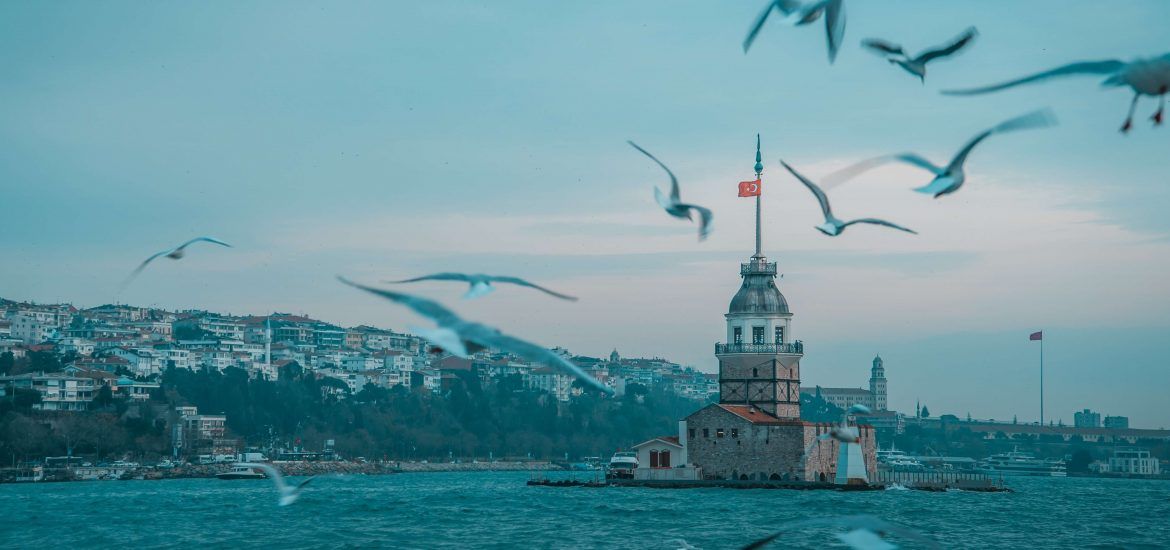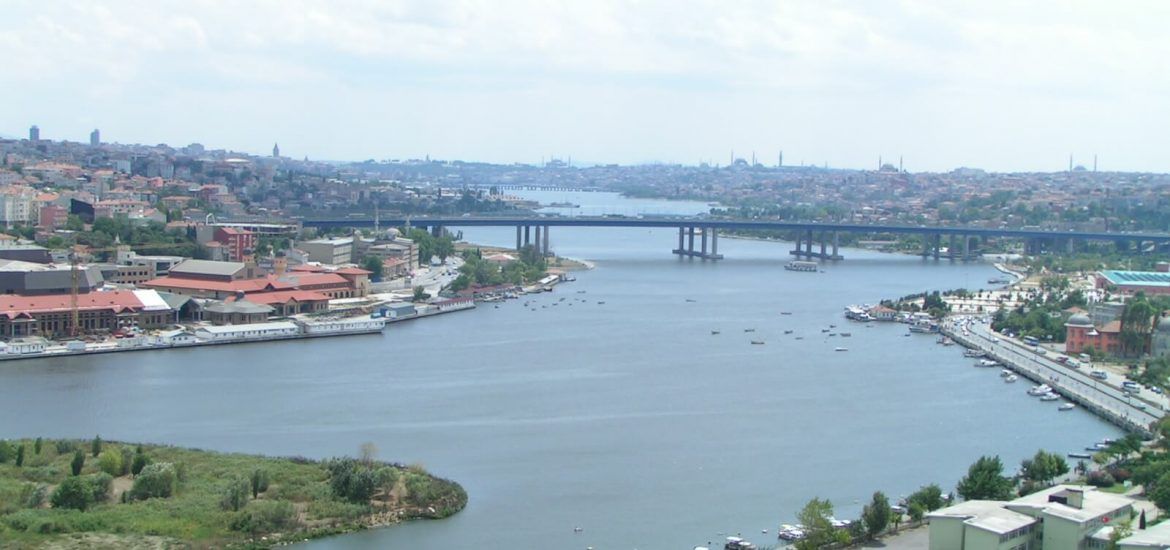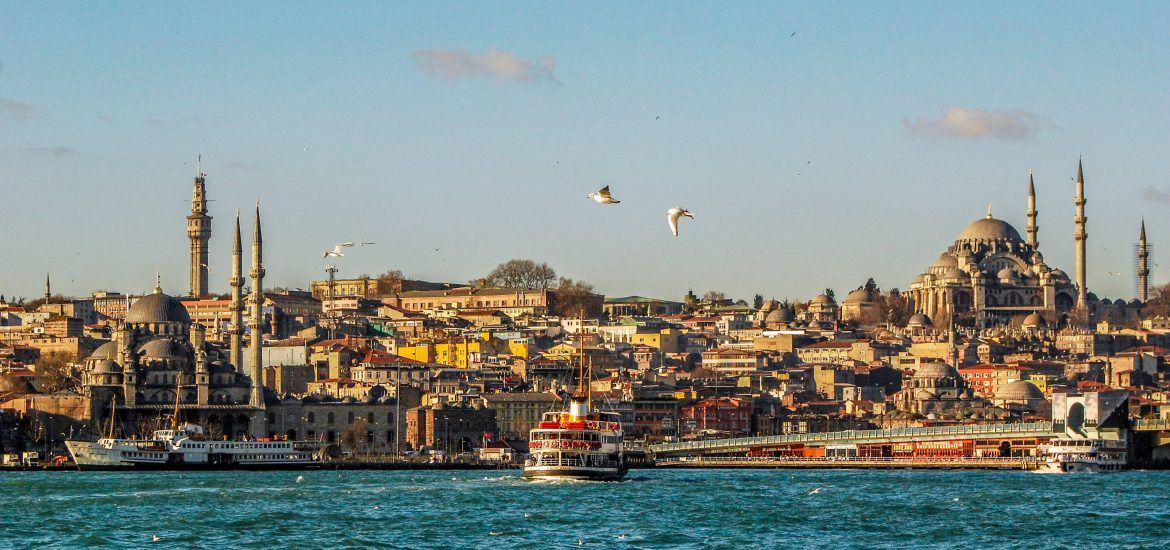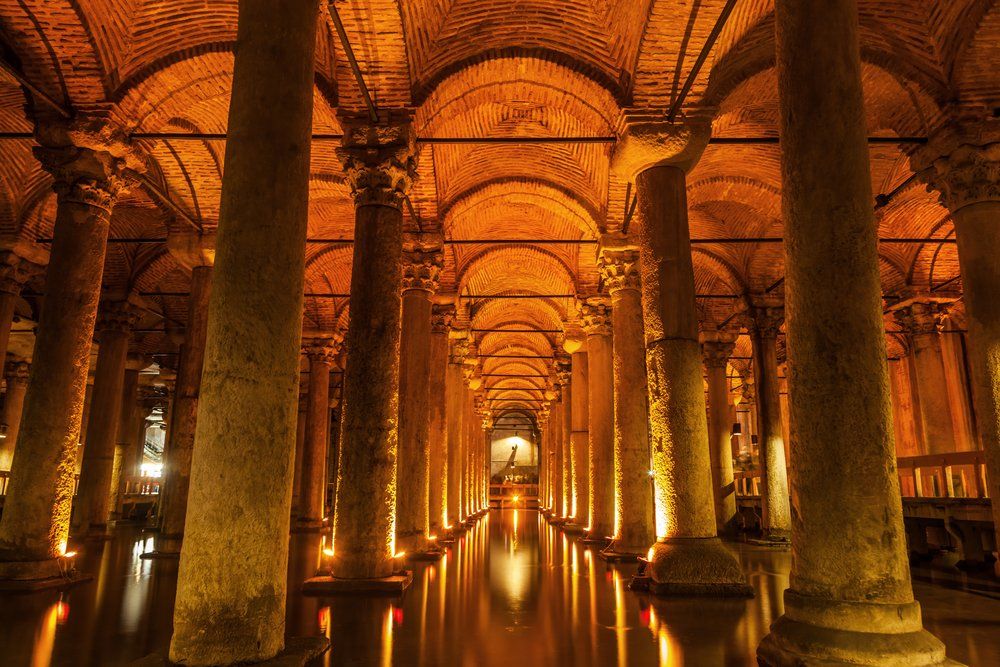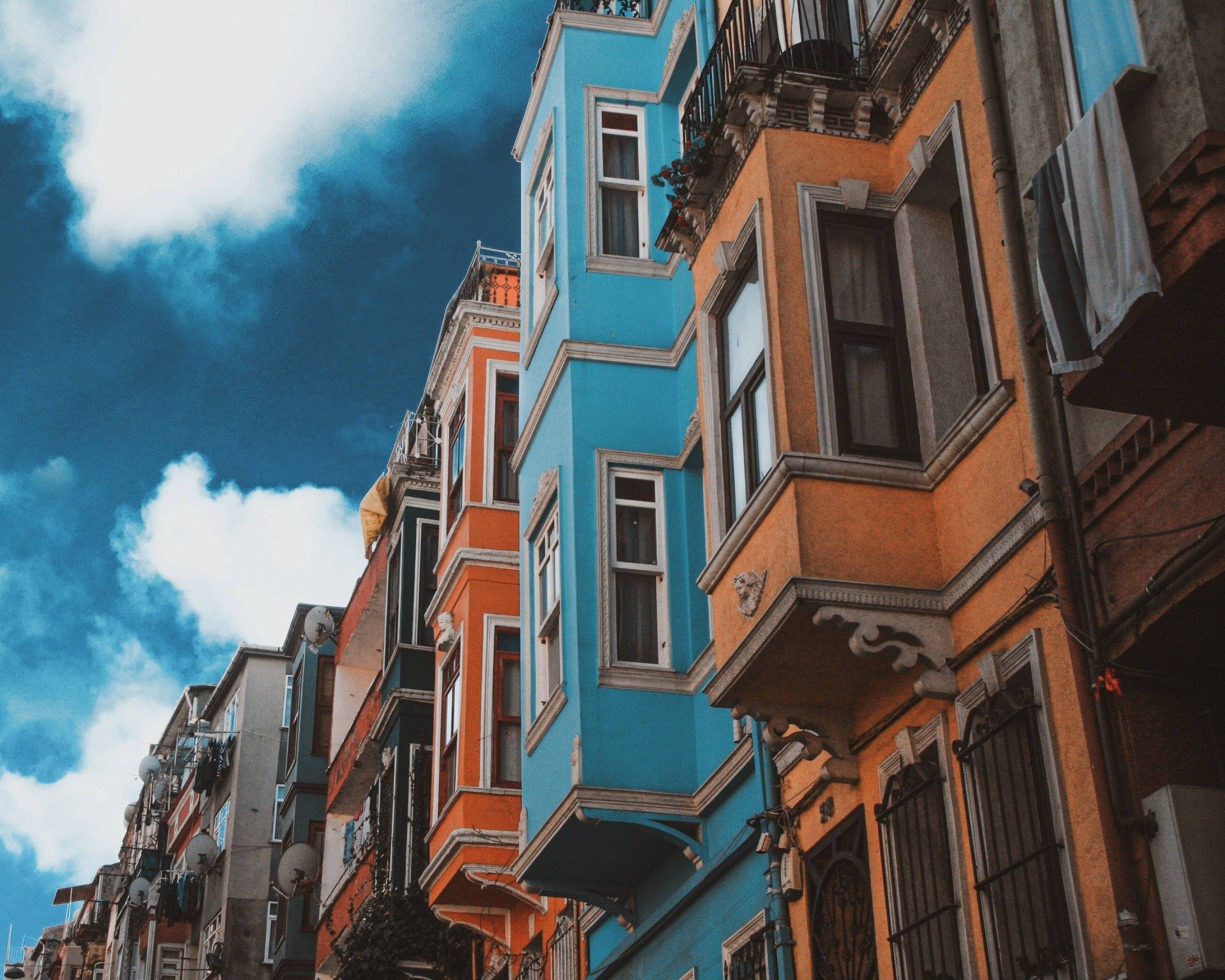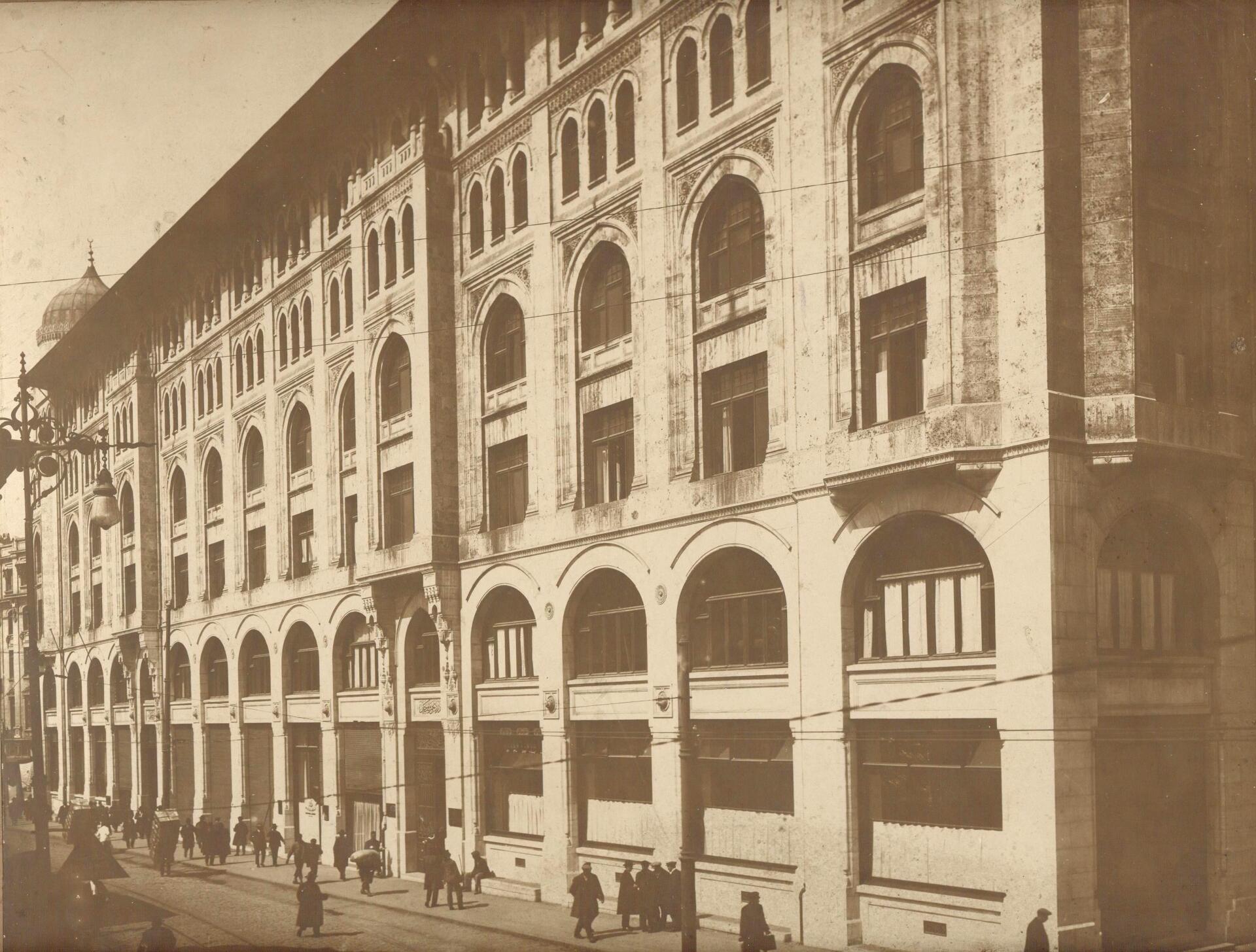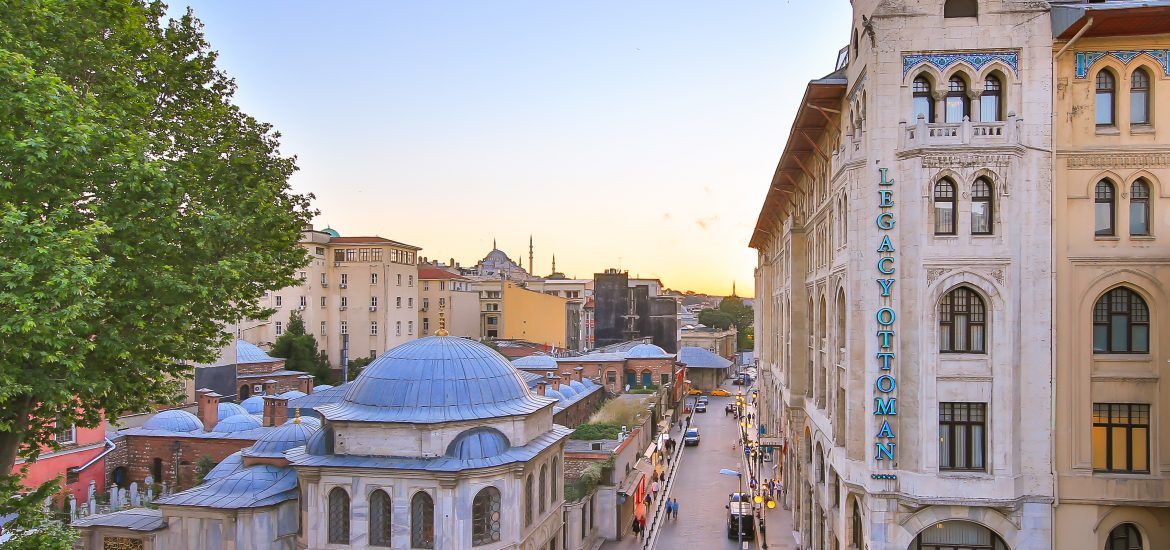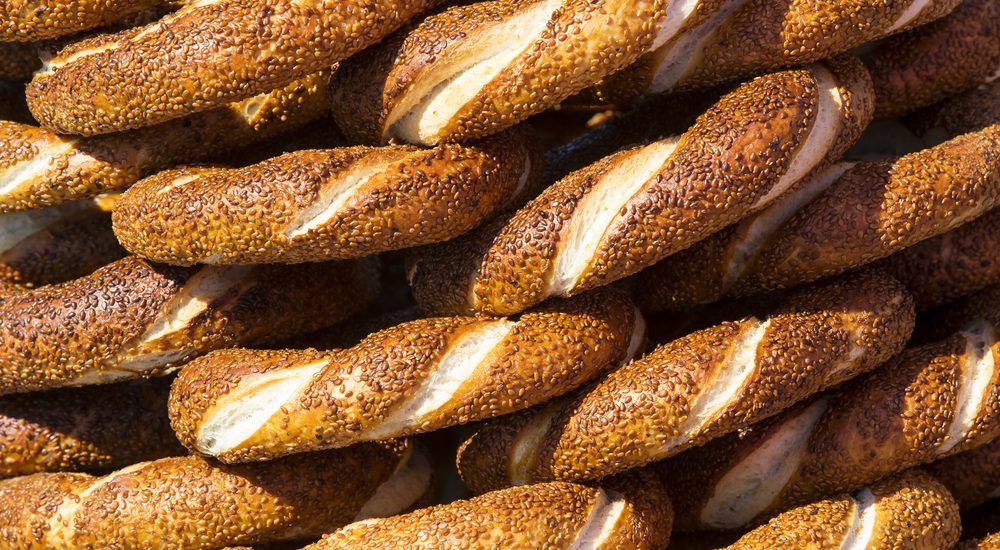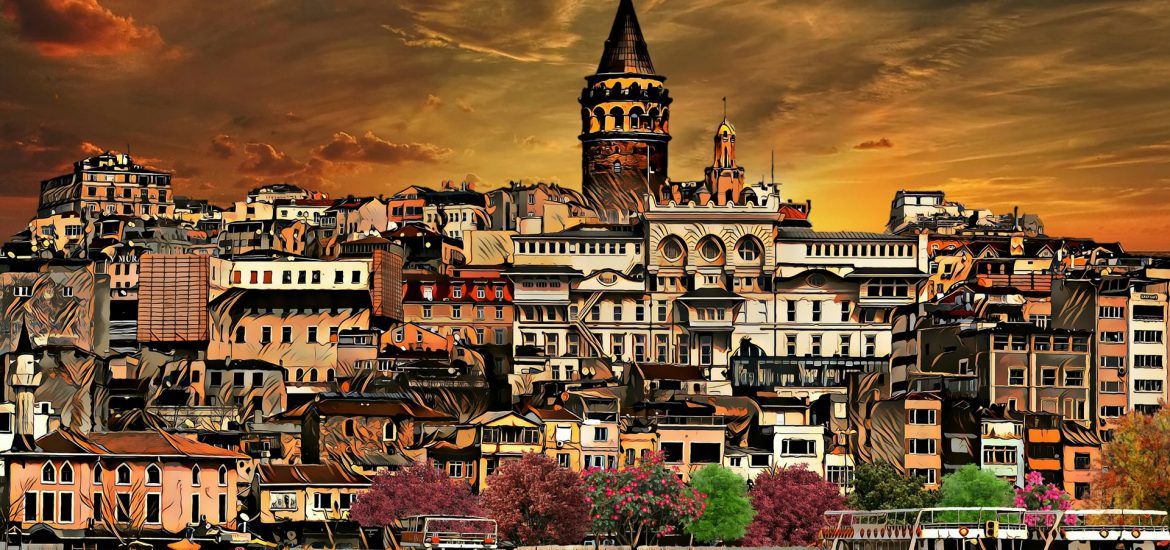Top 8 Popular Neighbourhoods In Istanbul During The Ottoman Period
Istanbul has hosted many different civilisations throughout history and has been the cause of many wars. An essential part of the history of this particular city belongs to the Ottoman period with the conquest of 1453. After the conquest of Istanbul, Istanbul entered into Ottoman patronage, and many districts developed rapidly. In this article, we will consider the most popular neighbourhoods of the Ottoman Empire. Here are the most popular Ottoman districts as they are today!
- Saraçhane
Sarachane, which is located in the Fatih district of Istanbul, is the first Ottoman district established after the conquest of Istanbul. The district, whose boundaries are quite extensive, began to develop with the construction of the Fatih Mosque and Complex. In order to revive the empty area in those years, Sultan Mehmed the Conqueror built schools, inns, baths and bazaars.
- Süleymaniye
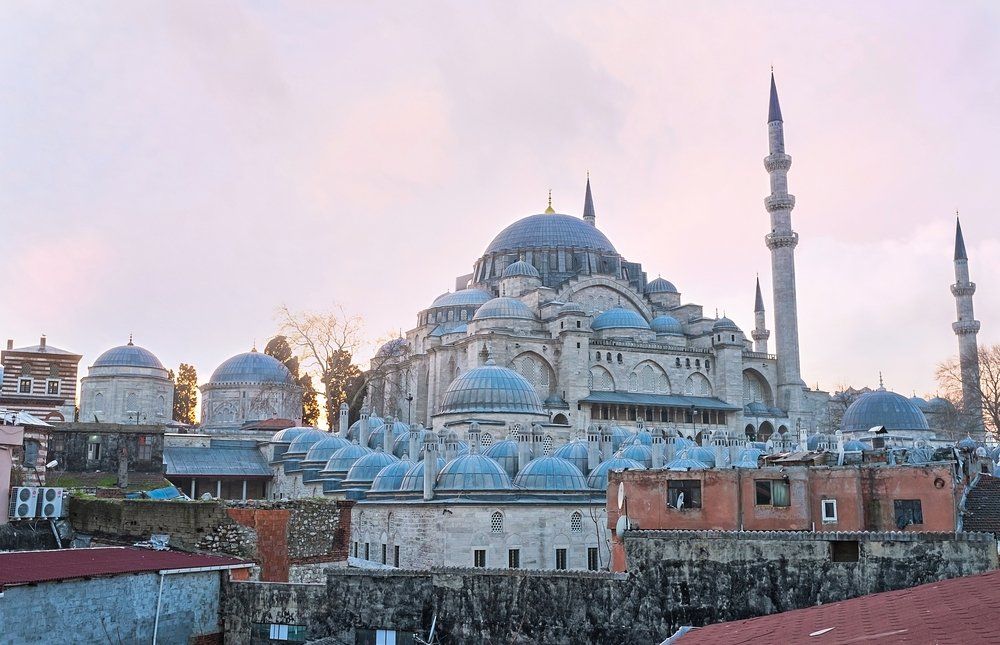
Süleymaniye, one of the historical districts of Istanbul, is a bridge that has been established from the 16th century today. The area, which witnessed many uprisings from the Ottoman Empire to the Republic Period, was first established during the reign of Sultan Suleiman the Magnificent. The Süleymaniye district, which was built around the Külliye, which was built in the 16th century, soon became the most prestigious district of the Ottoman Empire with its educational institutions and the residents of the ulema class.
- Eminönü
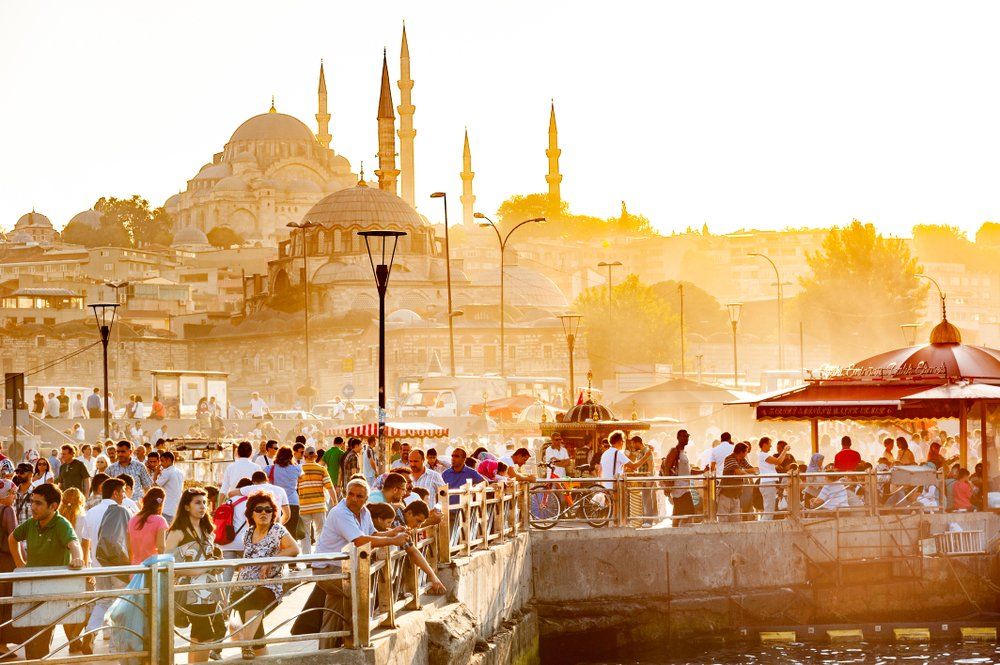
Eminonu, one of the historical districts of Istanbul, is the region where administrative units are not only in the Ottoman period but also in the Byzantine period. The location where Eminönü district is located in the first place where Istanbul was founded. The name of the region was Eminönü since it had customs security in the Ottoman period. With its old history as early as the foundation of Istanbul, this outstanding district is home to the most important historical monuments of Istanbul.
- Ayvansaray
Ayvansaray, one of the historical districts of Istanbul, entered a very brilliant period after the conquest. The palace was built by Sultan Mehmed IV’s daughter Hatice Sultan to the coastal area between the walls of the walls and the Masjid of Abdülvedûd. Over time, the development of the districts on the shores of the coast, seaside and coastal palaces; has reinforced the beauty of the neighbourhood.
- Üsküdar
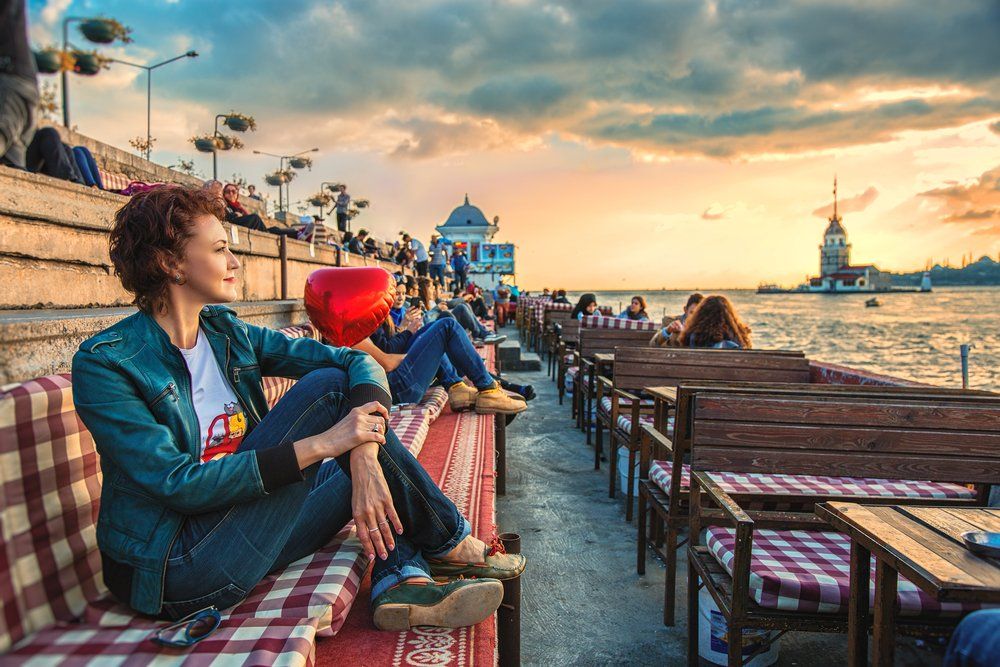
Uskudar, one of the most beautiful districts of Istanbul, started to develop rapidly after the conquest of Istanbul. Before, the neighbourhood, which resembles a small Anatolian town, is characterised by the first cores to form the urban fabric after the conquest. During the reign of Fatih, it was almost rebuilt. From the 16th century onwards, there were 91 mosques and masjids, 51 monopolies, 12 baths, 11 caravanserais, 2 imaret, 7 madrasahs, 260 fountains, 5 massive piers, 2 hospitals, 2 ranges, guesthouse, primary schools, libraries, darülhadis, Many sultans, pashas and statesmen have supported the development of Uskudar by building palaces, mansions and pavilions.
- Karaköy
Karaköy, which is one of the oldest, busiest and most crowded districts of Istanbul, was a financial centre in the Ottoman period. Karaköy was the centre of banking and insurance in those years, and today it is an important trade and transportation hub of Istanbul.
- Sirkeci
Sirkeci was a significant district in the Ottoman period due to its proximity to the Topkapi Palace and the Grand Vizier building Babıali. Since it was on the seaside, it was the port of the Ottoman Palace. In 1885, after the introduction of Orient Express and the building of Sirkeci Station in 1890, the district became even more critical. Today, Sirkeci is home to the historical beauties of Istanbul and attracts considerable attention from tourists.
- Edirnekapi
One of the seven hills of Istanbul, Edirnekapi is a district that became a favourite of the emperors during the Ottoman period. It was named after the people coming from Edirne in the same period. The first hole was opened at this gate during the battles during the conquest, and this was the first place where Fatih Sultan Mehmed entered the city with his horse. That is the door that the sultans used to enter the Istanbul after the grinding on sword ceremony was erected in the Eyüp Mosque.
